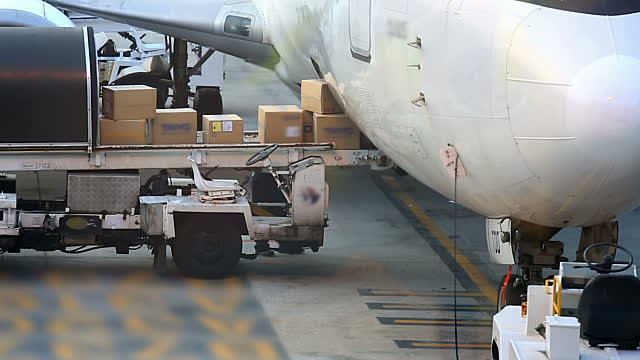Category 6
21st Jun 2016
If you’re shipping dangerous goods by air, you’re probably familiar with Category 6. If you haven’t heard of it chances are you will. It’s not a hurricane.
Back in the day when I was pushing pallets and locking down LD-3 containers we got our training OJT while loading the aircraft. Many times it was building the pallets, 747’s, DC-10’s, DC-8 Combi’s, we loaded them using the training we had. That was then.

The International Civil Aviation Organization (ICAO) was established in 1944 with the Chicago Conference. As aviation and responsibilities grew annexes were added to address specific concerns. Annex 18 to the Chicago Convention was adopted in June 26, 1981 and The Technical Instructions for the Safe Transport of Dangerous Goods was born. This regulation is the gold standard when it comes to transporting dangerous goods internationally by aircraft. These regulations are adopted by United Nations member countries and incorporated into their own. For us in the United States, it’s the FAA, Federal Aviation Regulations and 49CFR.
Paralleling this same timeline was the birth and growth of the International Air Transport Association (IATA). IATA is a private organization promoting cooperation among the world's scheduled airlines. They currently handle over 95% of scheduled airline traffic.
So the key players are IATA, ICAO, and the FAA. And don’t forget we’re talking about training for the transportation of dangerous goods or hazardous materials. Word on the street is IATA training for shippers and forwarders must meet Category 6 requirements. The international standard for dangerous goods training comes from the ICAO Technical Standards for the Safe Transport of Dangerous Goods, Section 1-4. IATA copied this requirement and put it in section 1.5 in their book. IATA, Section 1.5.2.1 says, “Personnel must be trained in the requirements commensurate with their responsibilities.” The FAA also adopted this standard and put it in Federal Aviation Regulations, 121, Appendix O. You can see from the following table the only category which requires acceptance training is that for the operator and its ground handling staff (Category 6). Furthermore, our government and ICAO (International Standard) allow the operator to determine the appropriate training for its employees. “The method of delivering the training will be determined by the certificate holder. The certificate holder is responsible for providing a method (may include email, telecommunication, etc.) to answer all questions prior to testing regardless of the method of instruction.”
To be clear Category 6 training is not required for every freight forwarder, shipper, packaging company, or transporter. Category 6 training is required for the airline employees and its ground handling staff. The training provided by the airline must be the certificate holder’s approved training program.
DGI’s training encompasses all of the subject matter shown below. We can adjust, modify, or incorporate curriculum as necessary to fit your needs and requirements. DGI also offers Air Carrier Training Programs designed specifically for your job function or “Category.”

DGI Training

